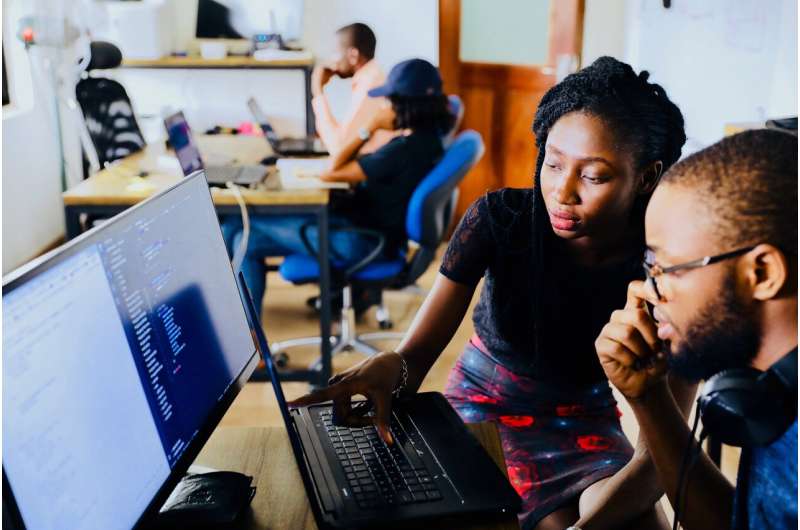
How digital technology can help reinvent basic education in Africa
Digital technology is revolutionizing education in Africa. It has the potential to provide access to quality education for all, regardless of location or economic status.
Digital technology can help African countries close the education gap by providing access to educational resources that would otherwise be unavailable. It can also improve the quality of education by making it more interactive and engaging.
Digital technology can help reinvent basic education in Africa by providing access to quality resources and making learning more interactive and engaging.
New technologies for learning
New technologies are emerging all the time, and it can be hard to keep up with the latest developments. But one thing is certain – digital technology is revolutionizing education in Africa.
Digital technology has the potential to provide access to quality education for all, regardless of location or economic status. It can also improve the quality of education by making it more interactive and engaging.
The use of digital technology in education is not new. However, its potential to transform education in Africa is only now being realized. African countries are beginning to invest in digital infrastructure and develop policies to promote the use of digital technology in education.
There are many different ways in which digital technology can be used in education. Some of the most popular applications include:
1. Online learning: Online learning platforms offer a flexible and convenient way to access educational resources. They can be used for self-paced learning or for engaging in live, online classes.
2. Collaborative learning: Collaborative learning platforms allow students to work together on projects and tasks. This type of platform can be used for group work, as well as for peer-to-peer tutoring and mentoring.
3. Mobile learning: Mobile devices such as smartphones and tablets are increasingly being used for education. Mobile apps can be used for a variety of purposes, including accessing online content, tracking progress, and receiving notifications about assignments and deadlines.
4. Distance learning: Distance learning platforms make it possible for students to access educational resources from anywhere in the world. These platforms can be used for asynchronous learning, which means that students can learn at their own pace, or for live, online classes.
5. Game-based learning: Game-based learning platforms use gaming elements to make learning more fun and engaging. Games can be used to teach a variety of subjects, including math, science, and language arts.
What are the conditions for success?
In order for digital technology to be used effectively in education, there are a few key conditions that need to be met.
First, there needs to be reliable and affordable internet access. This is essential for online learning and distance learning. Additionally, mobile devices need to be able to connect to the internet in order to use mobile apps for learning.
Second, digital infrastructure needs to be in place. This includes having enough computers or tablets for all students, as well as a stable power supply.
Third, educators need to be trained on how to use digital technology for teaching. They also need to have access to quality educational resources that can be used in the classroom.
Fourth, there needs to be a change in the way that education is delivered. Traditional, lecture-based teaching methods are no longer effective in a digital world. Education needs to be more interactive and engaging in order to meet the needs of 21st century learners.
Finally, there needs to be a commitment from all stakeholders to invest in digital technology for education. This includes governments, donors, educators, and parents.
Digital technology has the potential to transform education in Africa. However, this potential can only be realised if the necessary conditions are met.



